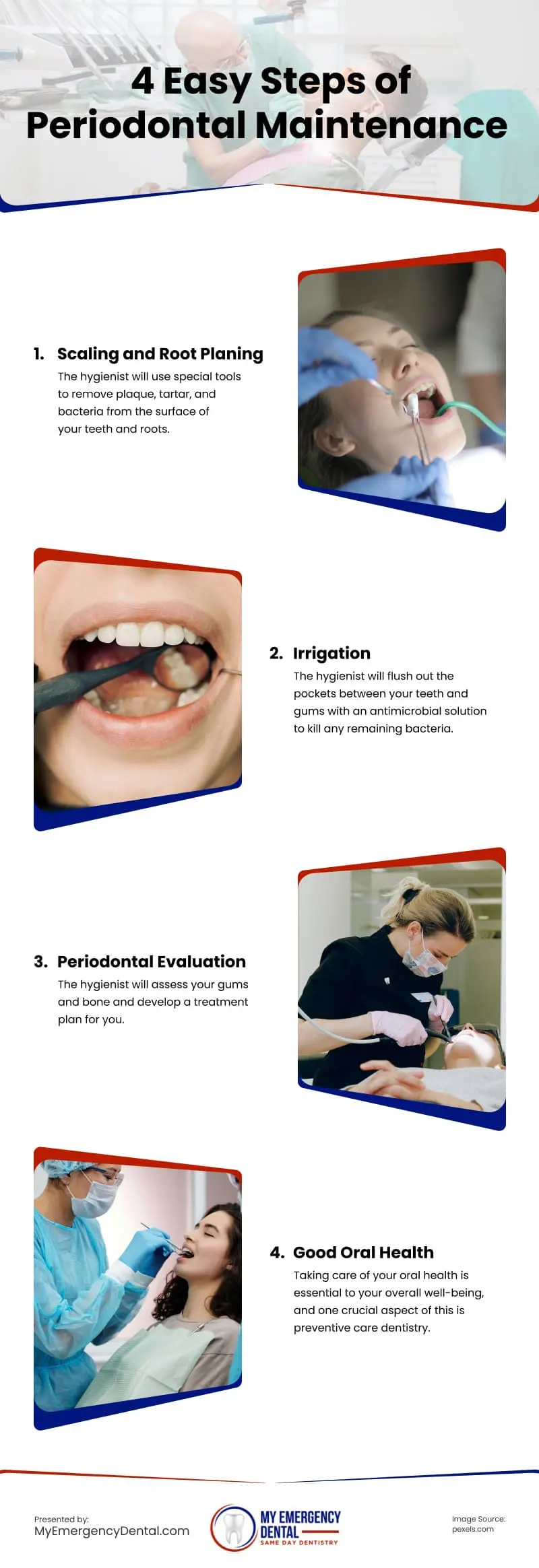 We’ve all been advised to make regular visits to the dentist for our teeth to be professionally cleaned. While getting your teeth cleaned may not be as enjoyable as treating your car to a colorful soap bubble car wash, these dental cleanings are crucial for your overall health. Regular cleanings assist in eliminating stubborn plaque and buildup that ordinary brushing at home may not completely remove.
We’ve all been advised to make regular visits to the dentist for our teeth to be professionally cleaned. While getting your teeth cleaned may not be as enjoyable as treating your car to a colorful soap bubble car wash, these dental cleanings are crucial for your overall health. Regular cleanings assist in eliminating stubborn plaque and buildup that ordinary brushing at home may not completely remove.
Did you realize that, similar to a car wash, there are different levels of dental cleaning? Depending on the duration since your last dental visit, a regular cleaning, also known as prophylaxis, might not be sufficient. You might require an upgraded, more comprehensive cleaning, commonly referred to by dentists as periodontal maintenance. Implementing these terms appropriately can help you steer clear of significant oral health issues down the road.
Prophylaxis, or routine dental cleanings, plays a key role in preventing dental issues and maintaining optimal oral health. During a standard cleaning, a dental hygienist employs a specialized instrument known as a scalar to eliminate stubborn plaque, tartar, and buildup from your teeth. The hygienist further enhances the cleaning process by polishing tooth surfaces, utilizing floss for interdental cleaning, and applying fluoride to fortify enamel, safeguarding against cavities and tooth decay.
For individuals with plaque and tartar buildup below the gum line, requiring specialized care, periodontal maintenance becomes imperative. This buildup prompts gum recession, leading to the development of deep pockets around and between teeth. These pockets become a breeding ground for bacteria, causing inflammation and potential infections.
Over time, untreated gum infections can lead to severe issues such as tooth loss, bone infections, and even heart disease. To steer your oral health in the right direction, your dentist is likely to recommend a comprehensive cleaning called scaling and root planing, which removes buildup and bacteria from deep pockets around teeth. Here are the four simple steps for periodontal maintenance:
1. Scaling and Root Planing
Specialized instruments will be employed by the hygienist to eliminate plaque, tartar, and bacteria from both the tooth surfaces and roots.
2. Irrigation
The hygienist will use an antimicrobial solution to irrigate the pockets between your teeth and gums, effectively eliminating any lingering bacteria.
3. Periodontal Evaluation
The hygienist will examine your gums and bone structure, devising a tailored treatment plan for your dental care.
4. Good oral health
Prioritizing your oral health is crucial for your overall well-being, with preventive care dentistry playing a pivotal role. Regular dental cleanings and periodontal maintenance share a common goal—bestowing upon you a healthy, picture-perfect smile. However, their objectives and approaches differ significantly.
Routine dental cleanings focus on preventing dental issues, while periodontal maintenance is a specialized cleaning aimed at restoring oral health when problems below the gum line are detected. Understanding these distinctions aids in comprehending why your dentist might recommend one procedure over the other, providing insight into what to anticipate during your visit.
Whether you maintain regular dental appointments or visit infrequently, scheduling a cleaning with a trusted dentist sets you on the path to robust teeth and gums. Collaborating with your dentist allows for the creation of a personalized cleaning plan, ensuring the longevity of a healthy mouth.
source: https://myemergencydental.com/periodontal-maintenance-what-is-it-and-who-needs-it/
Comments
Download this infographic.
